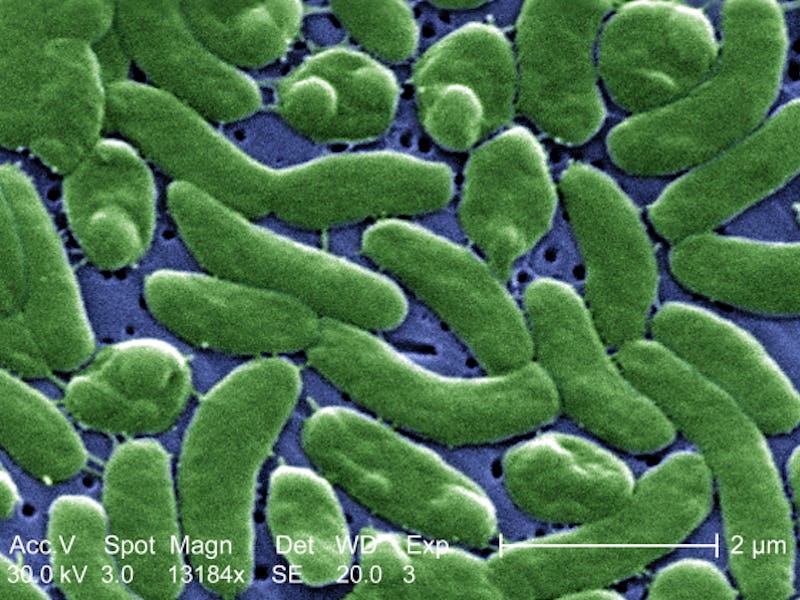Virginia Man Dies From Rare Form of Flesh-Eating Vibriosis
"Do not go into the water if you have a cut or sore."

It’s just about the worst possible ending for a day at the beach. Public health authorities in Virginia have confirmed that a person has died from Vibrio vulnificus, a rare and deadly flesh-eating form of Vibrio bacteria. If that species name sounds familiar, you may remember the US Centers for Disease Control and Prevention’s recent recall of contaminated crab meat. But in that case, the pathogen in question was Vibrio parahaemolyticus, a much more common species that isn’t usually deadly to healthy people. In the recent Virginia case, the patient became infected with V. vulnificus, a very rare and nasty bacterium that only affects about 200 people in the US each year.
And despite the fact that both bacteria belong to the same genus, V. vulnificus is a whole different animal. Whereas V. parahaemolyticus can cause diarrhea and abdominal cramps similar to other forms of food poisoning, V. vulnificus causes death in 15 to 30 percent of cases, according to the CDC. Here are the main things to know about each.
When it comes to eating raw oysters, fresher is better. You can get Vibrio parhaemolyticus from eating oysters, but it's more common to get Vibrio vulnificus from actually being in contaminated water.
Vibrio vulnificus
In most cases, people get exposed to V. vulnificus through open wounds. For this reason, it often affects crabbers and fishermen, like New Jersey resident Angel Perez, a crabber who remains in critical condition after contracting the infection in early July and may lose several limbs to the flesh-eating bacteria; or Tim Morgan, who was hospitalized for four days and remained on antibiotics for eight weeks after accidentally jabbing his finger with a contaminated fishhook.
It’s not clear what happened in the Virginia case, but The Washington Post reports that this death was the first in the state for 2018, and 23 people have contracted Vibrio infections this year, a slight increase over 2017.
In some situations, an infection can occur through food, as in the case of a Florida man who died after eating oysters contaminated with V. vulnificius. The victim reportedly had underlying medical conditions, though, as is common among people who die from food poisoning.
The Virginia Department of Health has not released specifics about the patient, and a spokesperson for the CDC declined to comment on the specifics of the case.
Vibrio parahaemolyticus
Compared to its flesh-eating cousin, V. parahaemolyticus is a walk in the park. In most cases, the CDC reports, the infection involves vomiting and diarrhea, and it typically resolves on its own after a few days without treatment. Exceptions occur in patients who are very young, very old, or have underlying medical conditions like a compromised immune system. Typically, people catch V. parahaemolyticus from seafood like crab and oysters.
As Inverse previously reported, most Vibrio infections occur in summer months, when the water is warmer and the bacteria are more numerous — hence the very old rule about eating oysters only in months with an “R” in them. But these days, properly handled oysters are usually safe, even in summer.
While it’s pretty easy to stay away from eating seafood at a sketchy restaurant, public health officials say it’s not too hard for people to avoid the flesh-eating bacterium, either:
“If they’re healthy, if they know they have a cut, wash it with soap and water and if they are immunocompromised, do not go into the water if you have a cut or sore,” Nancy Lemis, an epidemiologist for the Virginia Department of Health told Virginia TV station WVEC. “Be very careful because you are at risk. If you do have the symptoms, seek care right away. Especially if you have a weakened immune system.”